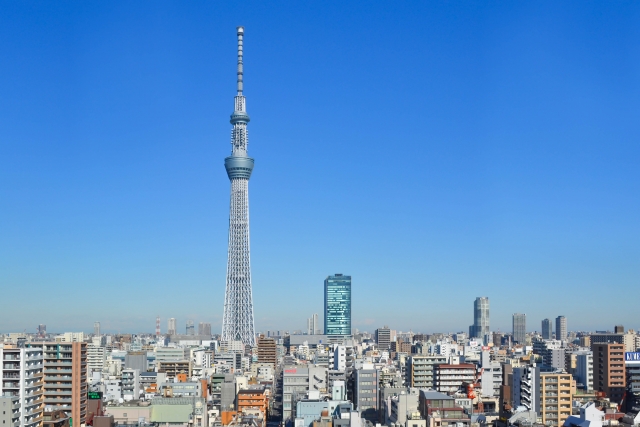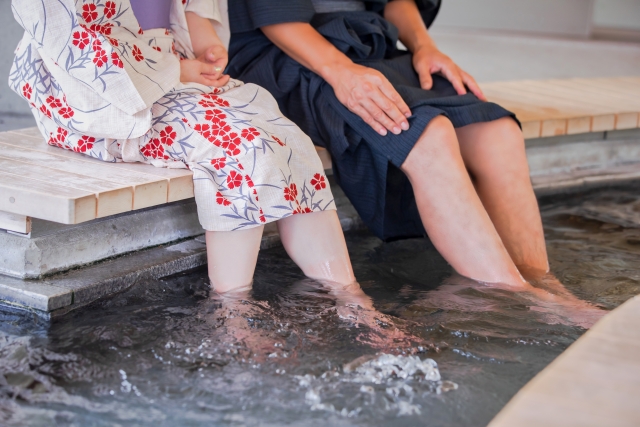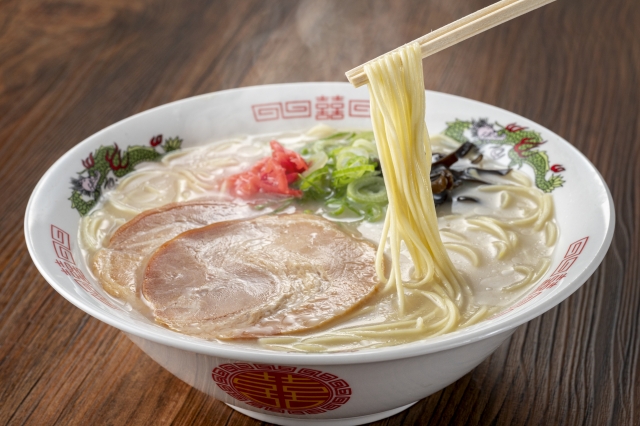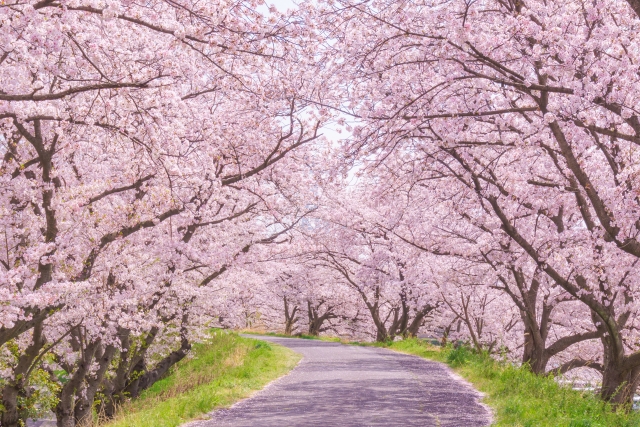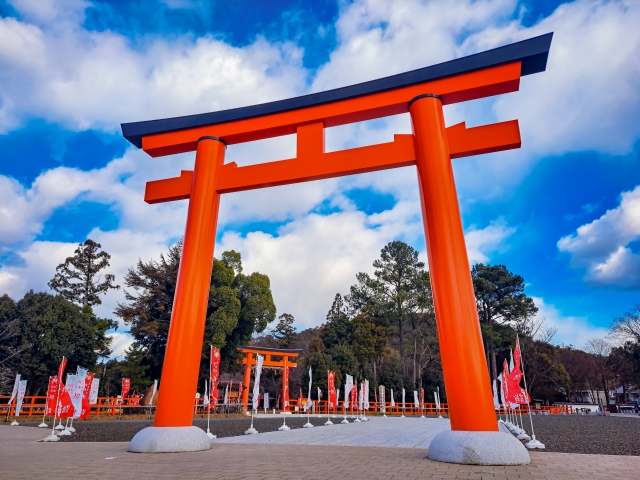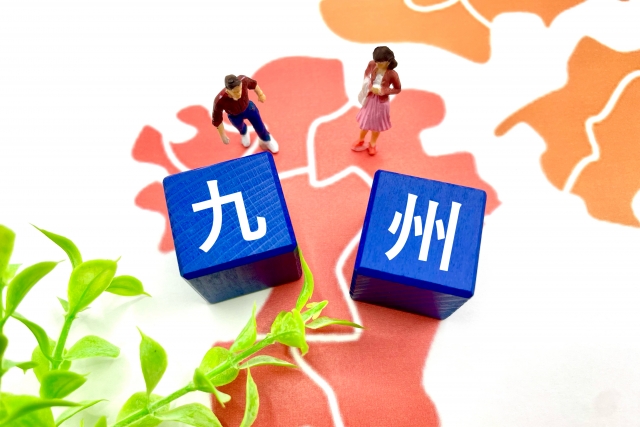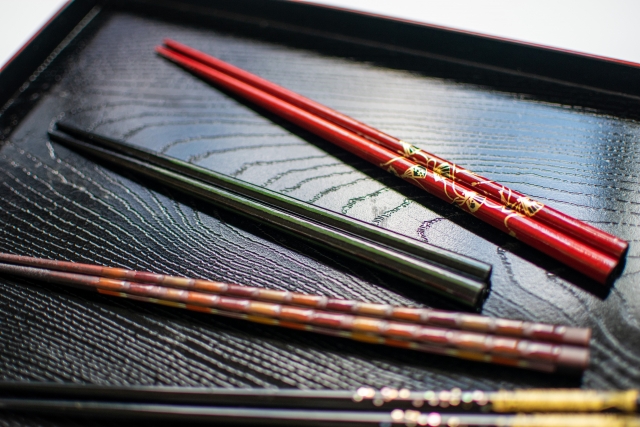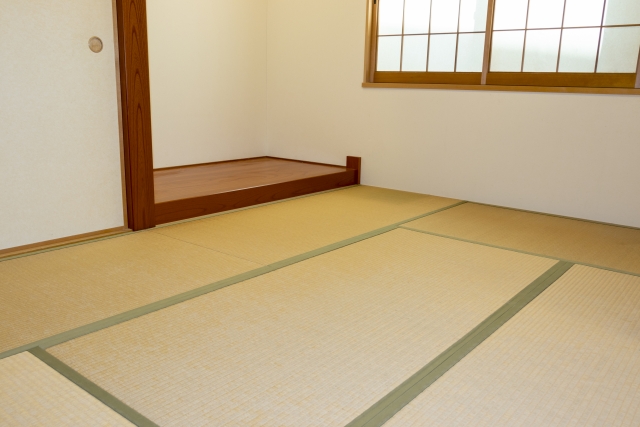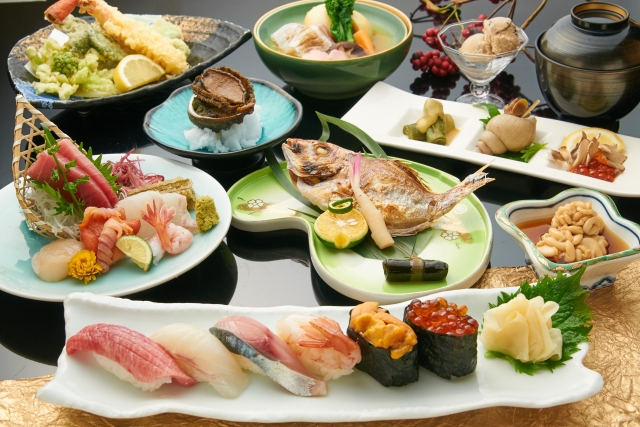One of the most popular summer traditions in Japan is fireworks(Hanabi), which are gorgeous yet somehow ephemeral and delicate. Fireworks(Hanabi), yukata (summer kimono), and food stalls at festivals make for a very lively summer evening in Japan. Originally used to ward off evil spirits, Japanese fireworks(Hanabi) have a long history and are still a summer tradition. During the summer vacation season, mainly in July and August, hundreds of fireworks (Hanabi)displays are held all over the country, attracting and thousands or ten of thousands of spectators. I would like to introduce the characteristics of fireworks(Hanabi) in Japan, their beginnings, and other fascinating aspects of fireworks(Hanabi).
Contents
- history of fireworks(Hanabi)
- Unique features of Japanese fireworks(Hanabi)
- Japan’s three major fireworks(Hanabi) festivals
- Japan’s highest competition, the city of fireworks, is proud of: “National Fireworks(Hanabi) Competition”
- “Tsuchiura National Fireworks(Hanabi) Competition” is an autumn festival to determine the best star mine in Japan.
- Nagaoka Festival Fireworks(Hanabi) Festival, a symbol of peace and reconstruction, visited by over 1 million people
- Enjoy the festival atmosphere at the food stalls
- Useful things to bring to a fireworks(Hanabi) display
- Clothes to wear to a fireworks(Hanabi) display
- place to watch fireworks(Hanabi)
- Enjoy Japan’s summer fireworks(Hanabi)



